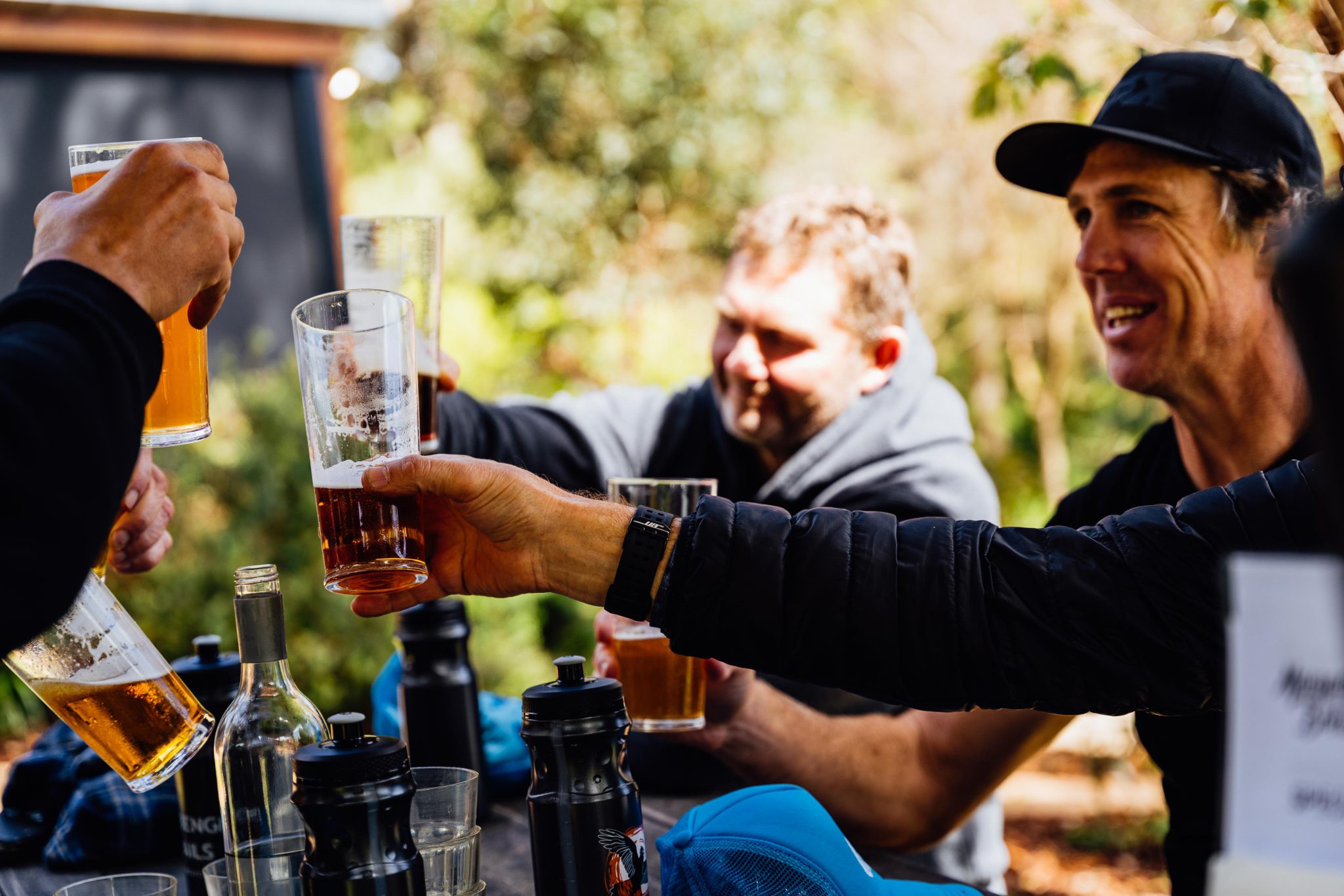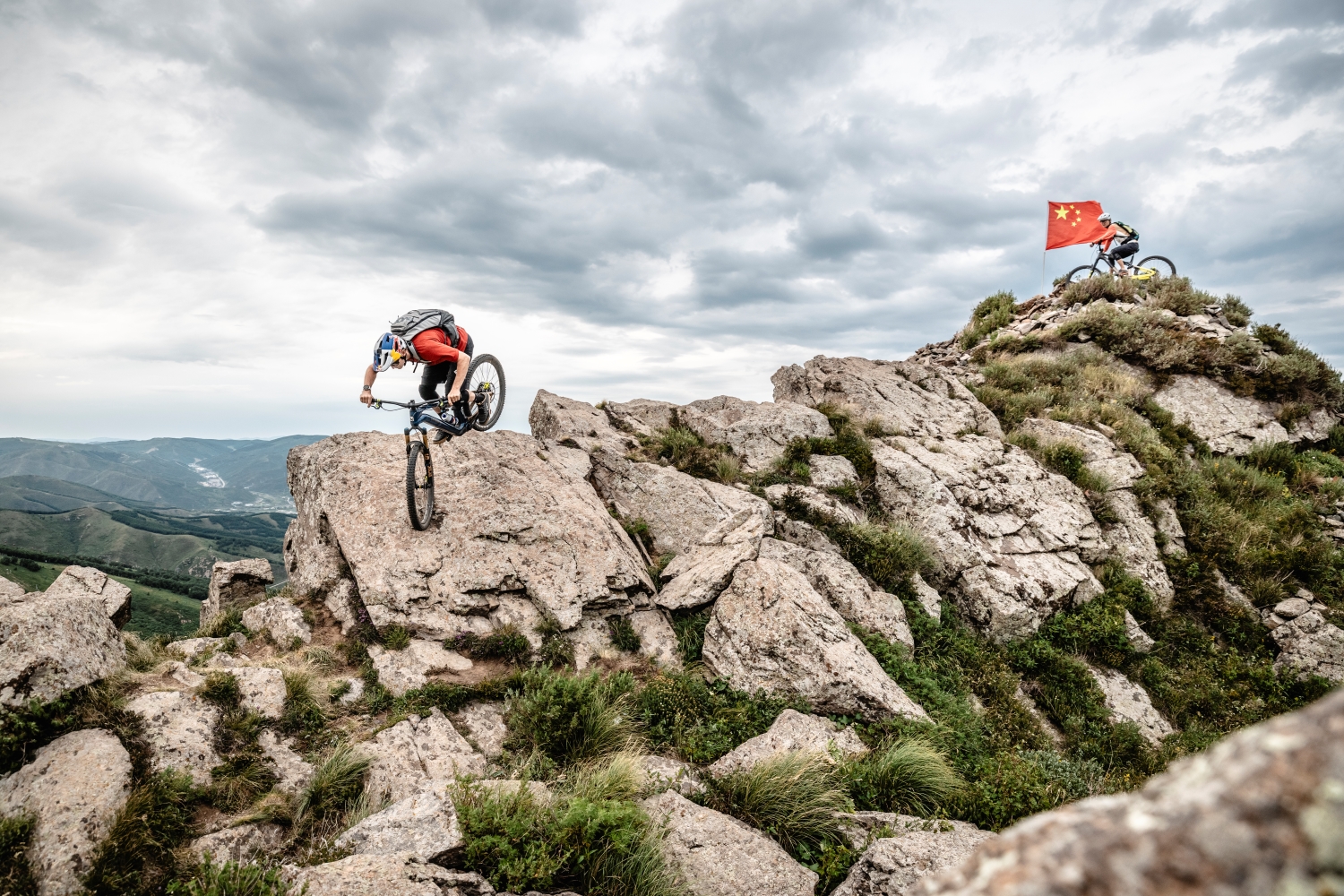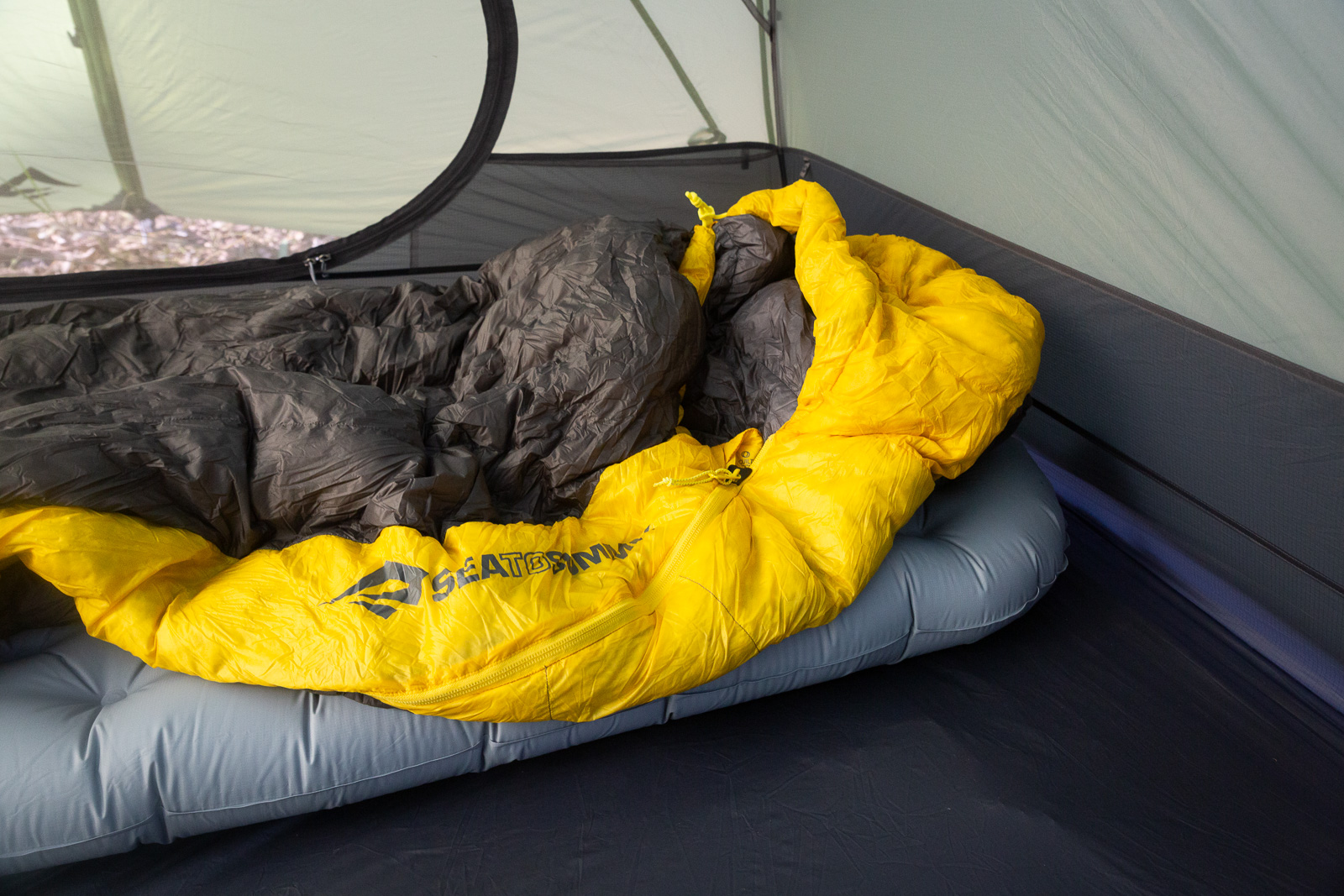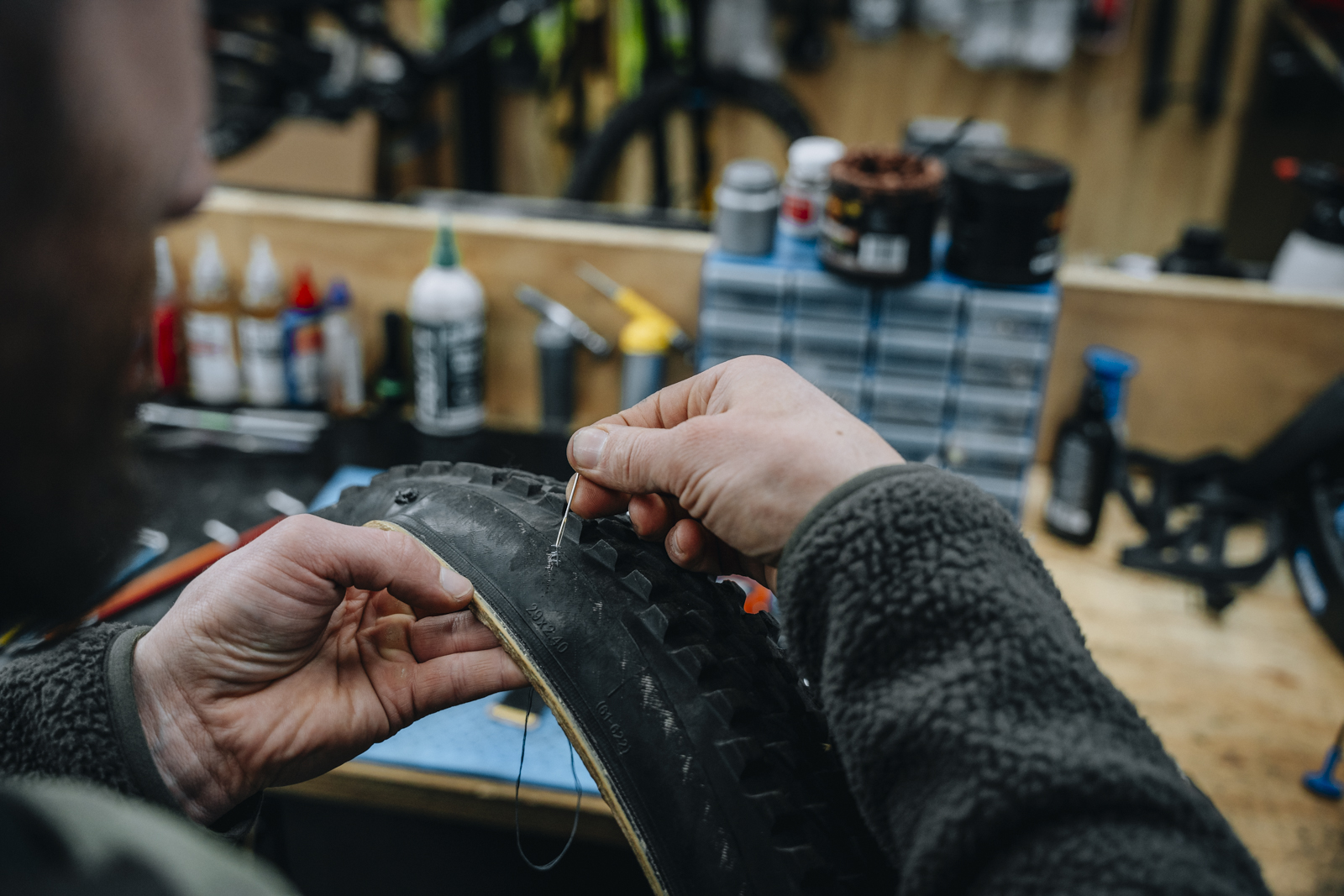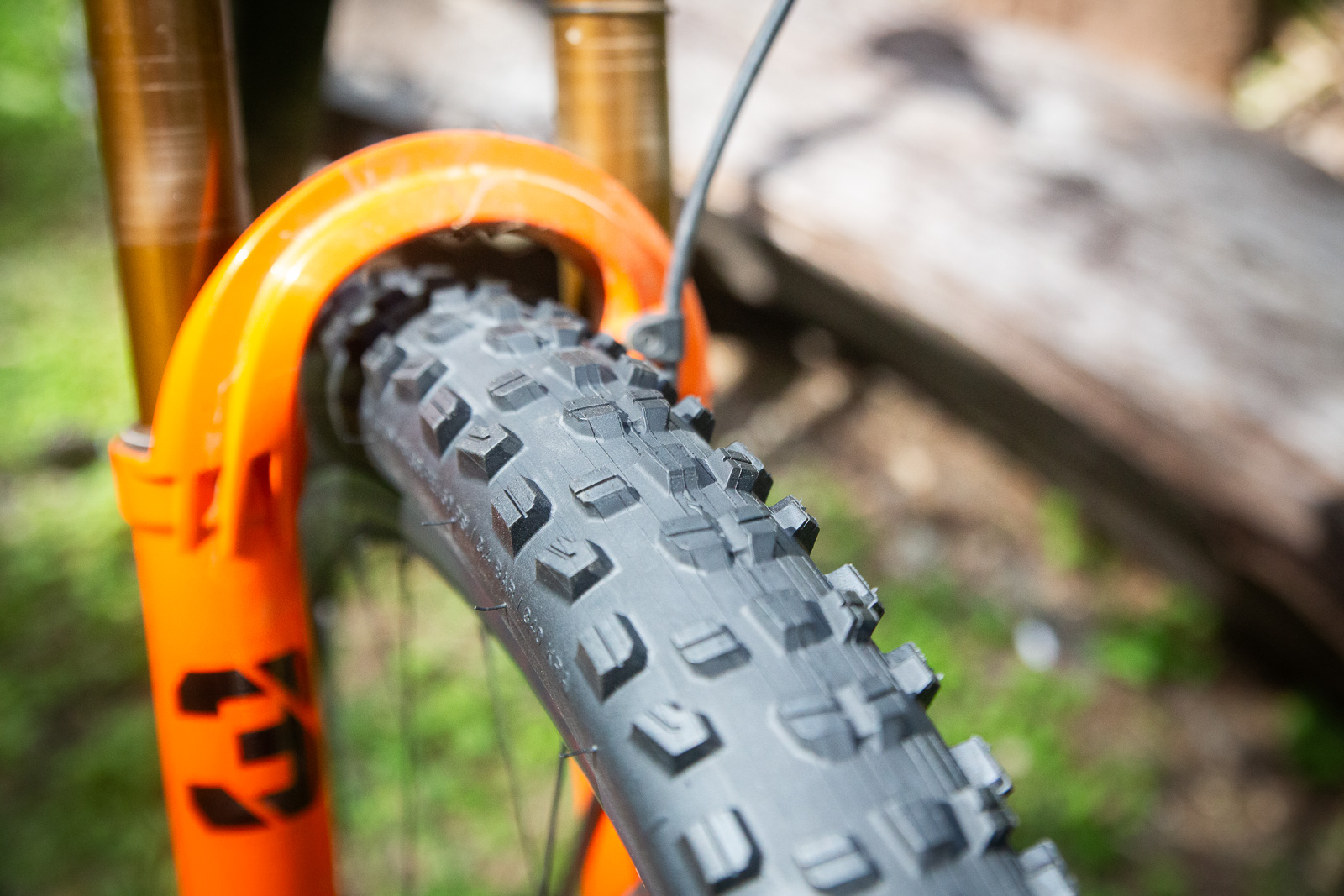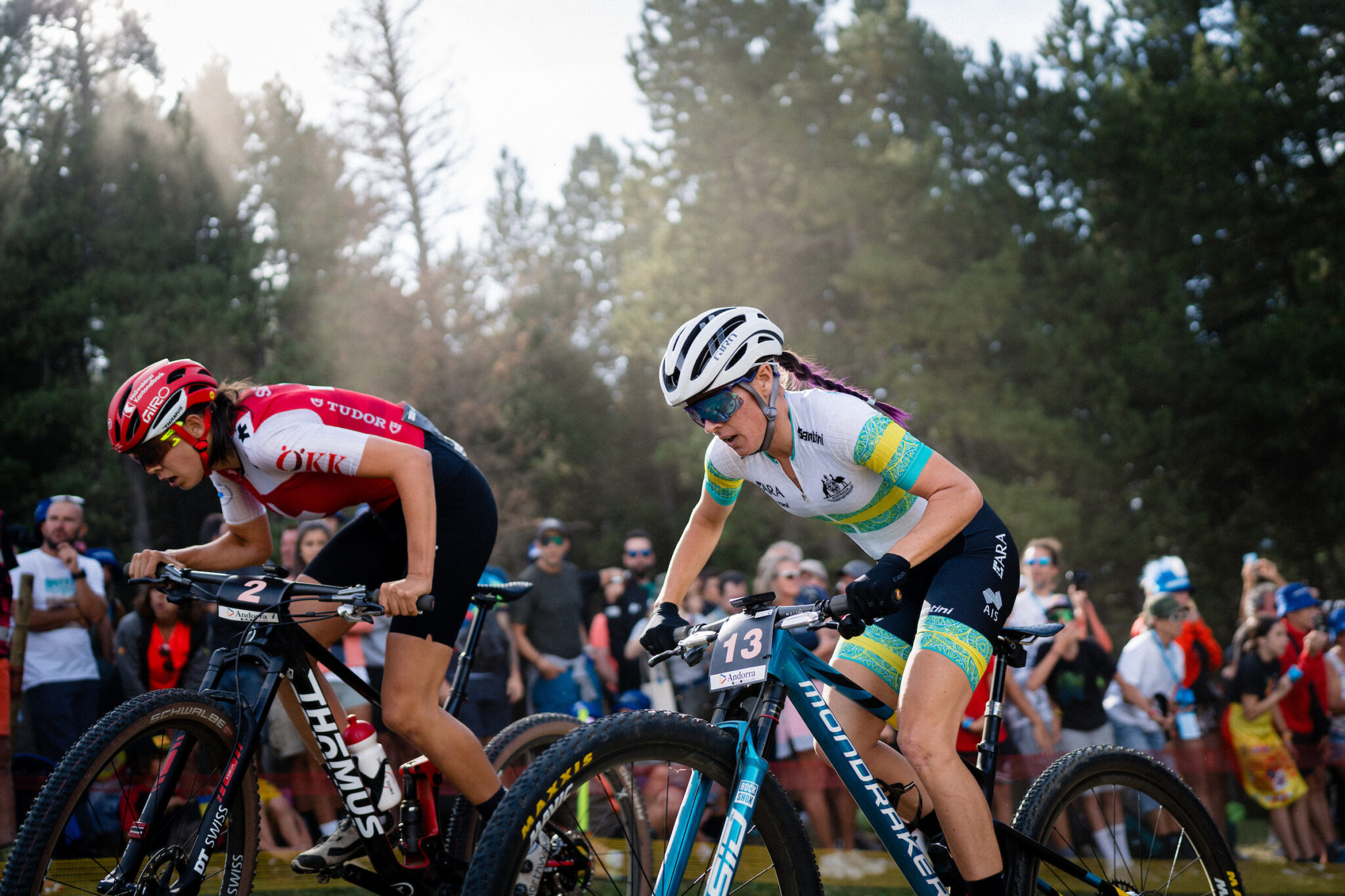FITNESS: How *Not* to Train
While none of these tips are groundbreaking, it’s good to have a refresher and take a look at setting yourself up for success by limiting things you’re doing that can damage or reduce your progress.
Words: Anna Beck
Photos: Andy Rogers, Denzil Heeger
So through this column I frequently offer tidbits and advice about how best to train to increase your fitness. Whether it be about managing your training load, incorporating training into your life, specific efforts to make you faster uphill or produce more watts for a powerful gravity event, I always focus on the things to make you better, because that’s what you want, right?
There is a flipside to this coin, the things that many people do that could mute or reduce the efficacy of your training and racing. While none of these tips are groundbreaking, it’s good to have a refresher and take a look at setting yourself up for success by limiting things you’re doing that can damage or reduce your progress.
-
Go pretty hard every day
I get it. It feels good. Pressing on those pedals pretty hard, but at a level you can sustain for an hour or three. You like to finish the ride pretty spent and maybe borderline hangry, that’s a good day in the saddle right?
Well, while there is nothing wrong with going pretty hard all the time, if you’re looking for performance gains you may be better off looking for some structure: hard days being hard, easy days being easy, and if you’re kind of ‘going pretty sorta hard for a while’ or have some group rides that end up like this, then you have a plan for that as well.
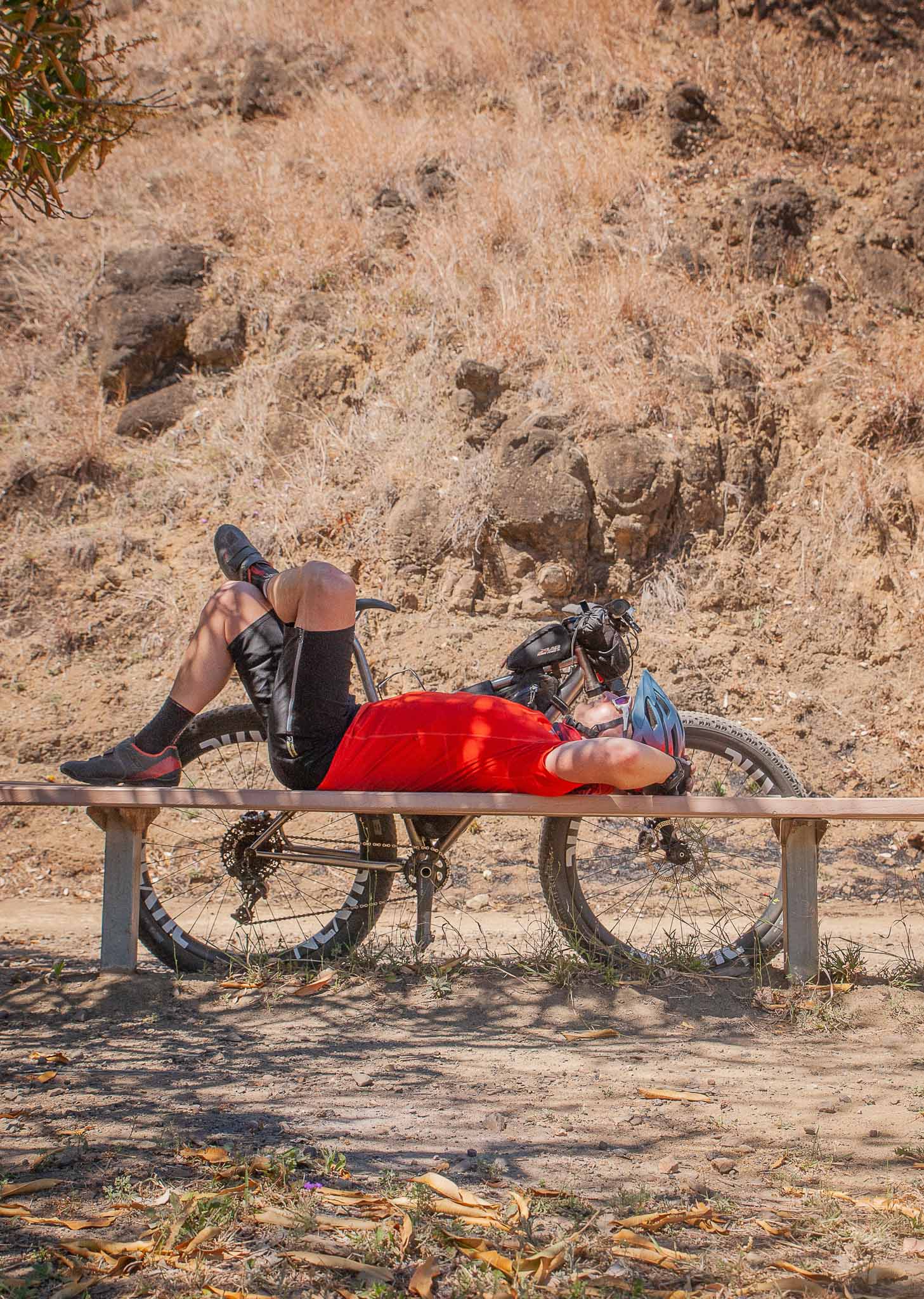
Most recreational cyclists fall into the trap of riding at a moderate pace, ‘tempo’, all the time. For mountain bikers this phenomenon is exacerbated by the fact that we deal with terrain, it’s a crucial part of our sport right? And the terrain itself requires us to lay down the power to get up a steep pinch, or powerful pedal strokes to boost ourselves over technical features. The flip side of this is that we tend to do lots of ‘not actually pedalling’. It all ends up being pretty ‘moderate’ in the end.
Keep yourself progressing by adding longer, easier rides into your week, deliberately, painfully easy in the endurance zone, and when you’re doing ‘hard’ stuff you’ll be able to actually hit it hard.
-
Don’t worry about recovery
Rolling off the trail and into the pub is something I am sure we are all pretty fond of. And bikes are, after all, more than training. They’re an escape from the sometimes tedious everyday life experience and a way to connect with friends and communities. That being said, if you are looking at improving your cycling, recovery is pretty important, and that may mean sticking to a single beer and having a recovery meal instead of going full YOLO on four beers and no food.
If you have a plan, recovery becomes much easier. Sure, have one beer, but take a sneaky protein shake with you to drink in the car park to jump-start the recovery process beforehand (don’t worry I won’t tell your mates). Focus on getting good quality sleep, nutrition and balance between easy and hard sessions, and days of complete rest.
-
Eating is cheating!
This was the war cry of the late 90s cycling community. Joke’s on them, they’re probably still hungry 25 years later. I know it took me a few years of excessive nutrient consumption to finally feel fuelled. Thankfully, we have more solid research in sports nutrition nowadays.
While the intermittent fasting crowd still reckons that you can train on no breakfast, it’s important to understand that these diets were developed for the general population: not an athletic one. Intermittent fasting, keto, paleo and most other diets popular in the media don’t hold much water for those of us seeking peak performance.
Hot tips? Fuel well before, during and after rides. Carbohydrate is the preferential fuel for endurance sport, so making sure you’re packing a good portion of your meals and carbohydrates around your training and you’re setting yourself up for success. As for ride nutrition, easily digestible carbohydrates are never a bad idea. Muesli bars, jam sandwiches, energy drink, cold roasted potatoes and lollies can all be good fuel ideas when you’re doing longer rides. If you have more questions about the amount of carbohydrate you should be eating in your sessions (which can vary with intensity and duration!) hit up a sports dietician!
-
Train rain, hail or shine, in sickness and in health
If you’re a racing snake then it’s possible that you’re a driven, type-A kind of organism. That’s cool: to get up at 0400 and ride in the dark in the name of ‘gains’ you need something to drive you. This drive, however, can be the very thing that can see us come undone.
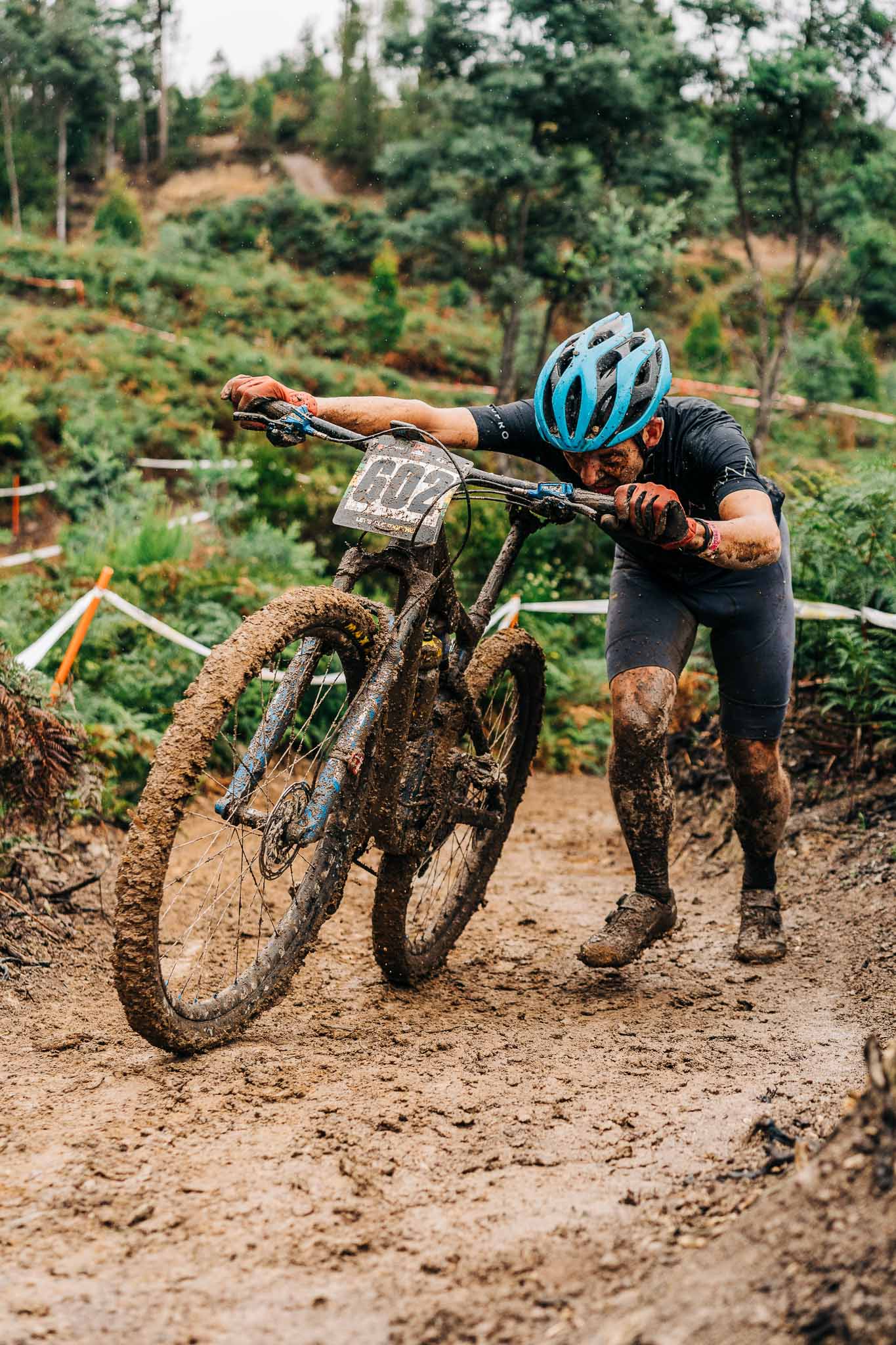
Being so driven to get your session in at all costs, even if it means digging yourself into a big old hole, or ending up really sick, can result in a net loss for your training. Likewise, heading out in excessively adverse or unsafe weather may be time better spent working on flexibility inside, or planning out elaborate maps for a future adventure (a personal favourite!).
As your Nanna used to say* “a stitch in time saves nine” which is coincidentally also the amount of days you’ll be off the bike if you get the flu or some other respiratory illness your body was desperately trying to tell you about, but you were ignoring. Learning to listen to what your body is telling you is key. For some riders it may always start with a sniffle, others some weird relentless lower back or neck pain, or deep relentless ‘deadness’ in their legs. Take time to check in with yourself and if necessary, modify your plans.
Key things to look out for that may indicate you need extra rest: excessive soreness in legs/body despite reduction in volume, mild respiratory tract infection symptoms (runny nose, cough), excessive fatigue (‘bone tired’ feeling), lack of motivation and mood changes.
-
Focus on your weakness all the time
Understanding the demands of the discipline you’re training for here is key: if you want to race gravity but corners are scary then yeah, you’re going to have to do some skill work. Ditto if you want to race XCO and 10km is a ‘big ride’.
But the scope of training shouldn’t just be to train your weaknesses: while you will need to address aspects of your physiology that are limiting you, it’s just as important to lean into the things you’re naturally pretty good at. After all, these are the things that can set you apart from other riders and may allow you to win the race.
Know you’re really good for an exceptional 5 minute climb? That’s awesome, it roughly relates to your maximal aerobic power/VO2 max zone and could allow you to tactically get separation from your competition in an XCO or XCM race. Keep in touch with that ability knowing that it will come in handy one day.
Likewise, if you’re an Enduro athlete that is worried about not having bulk ‘peak power’ but you can naturally ride all day, awesome! It’s likely that you will be ‘fresher’ at the end of a big day of multiple stages compared to someone who has a killer 5 second power but has neglected their aerobic foundation. While you can work on efficiencies within the trail and developing better repeatable power, know the strength of aerobic fitness.
In the end, you can choose to ride whichever way you please. Life isn’t just about bikes, racing and training. But if you’re training and struggling with excessive fatigue or finding it hard to see gains, maybe you can identify with some of the points above? I know I can at times, and it takes some mindful planning and preparation to set yourself up for success and flip these around to give you the best chance at reaching your goals!
Want more fitness tips? Read some hot tips from the coach who’s been an athlete!

